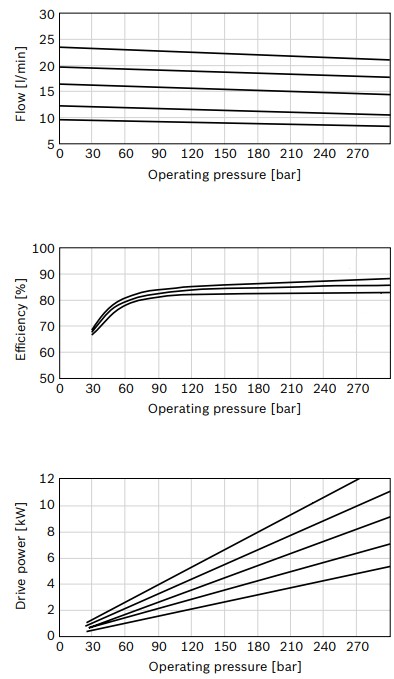DPO introduction
Introduction
A power take-off (Hereunder PTO) is a device that is mounted to a power source (engine) and extracts power to the outside to drive various load devices (pump, compressor, generator, power). It can be mounted on the front (front pulley) or rear (flywheel housing) of the engine, allowing for a variety of applications.
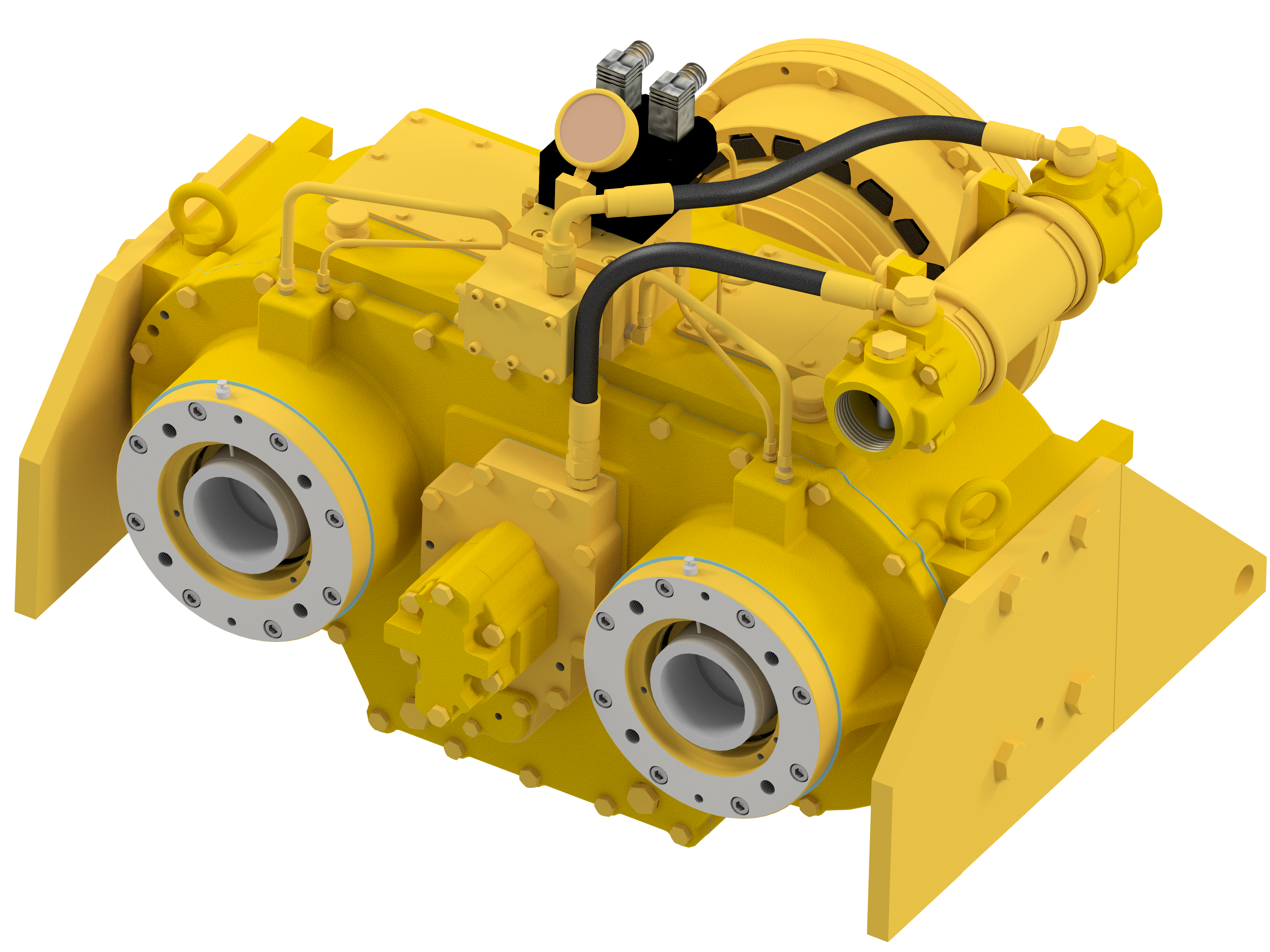
Features
•Variety of product lines for various applications
•Securing high durability by selecting durable friction plates, oil seals, and bearings
•Input rotation CCW / CW available (refer to the direction of rotation)
•Removable bell housing type, replaceable according to engine flywheel specifications
•Output shaft can be expanded using expansion gearbox (DPO167/410 )
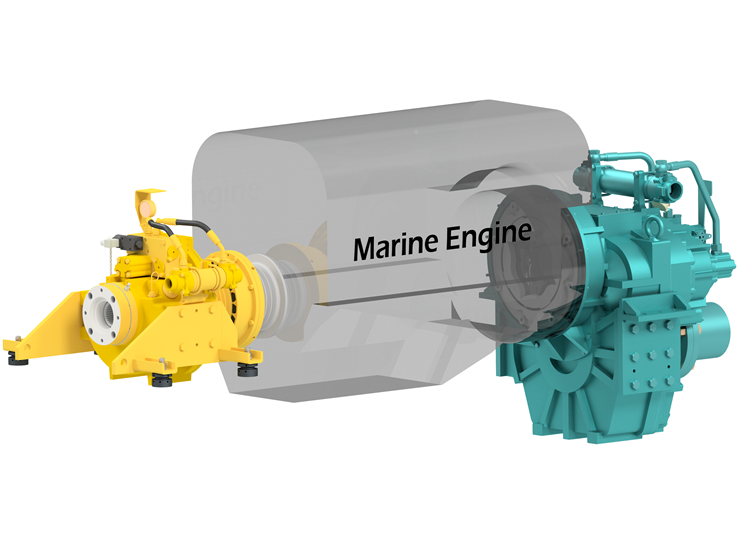
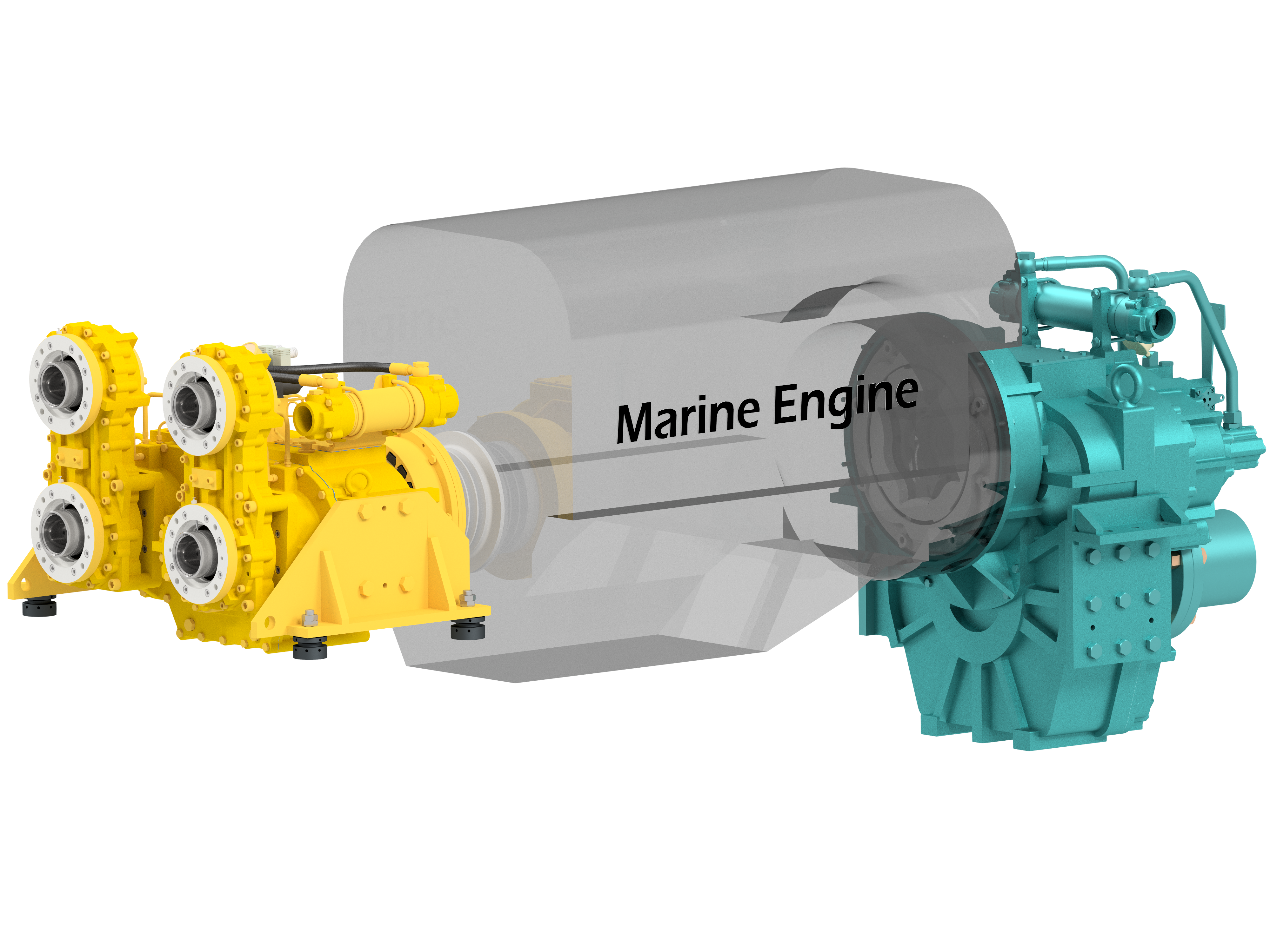
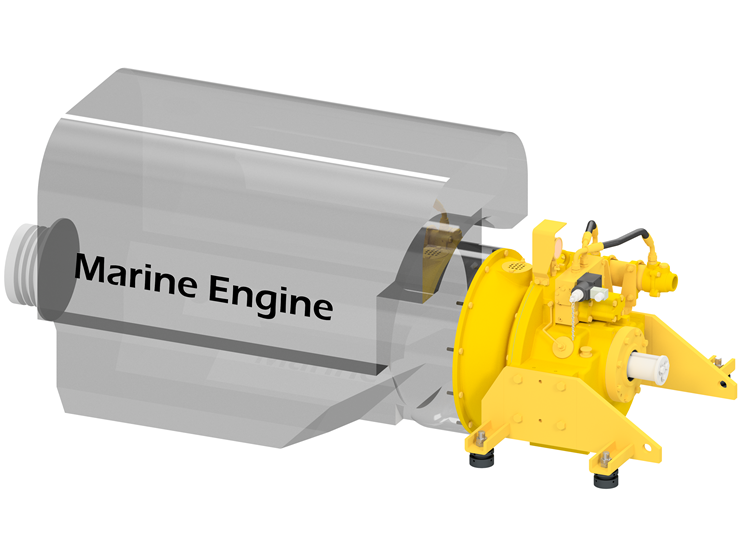
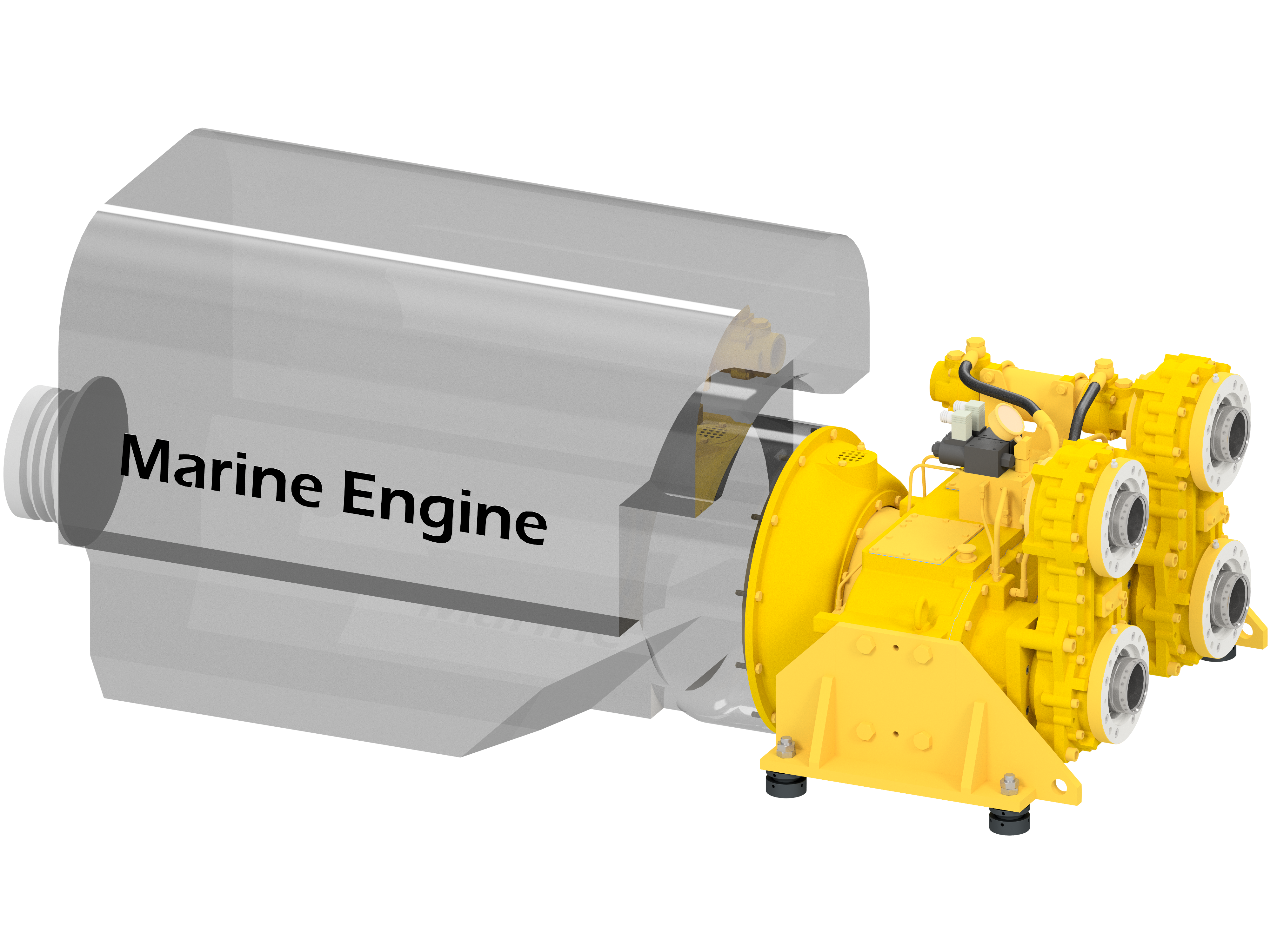
How to select DPO
1. You should consider the power needs of driven component
2. The power should be converted to torque(kgf.m)
3. Select a model with same or larger torque than driven component
* Torque(kg.m) of DPO ≥ Torque(kg.m) of Driven component
4. When DPO is attached to engine flywheel, you need to select DPO bell housing corresponding engine flywheel size(SAE). Refer to catalogue
1Hp = 0.7457Kw
Generator horsepower(Hp)=Generator required capacity(KVA) x 1.36 x 0.8 x SF / 0.9
Hydraulic pump horsepower : Pump flow(l/min) x Pump pressure required(kg/cm2) x SF / 382.5
Transmitted torque(kgf.m) = 716.2 X Horse power(Hp)/Rotation(rpm)
SF(Load factor)
Winch direct drive 1.5, Generator for fishing lights 1.5
Hydraulic pump drive 1.3, Onboard generator 1.0
